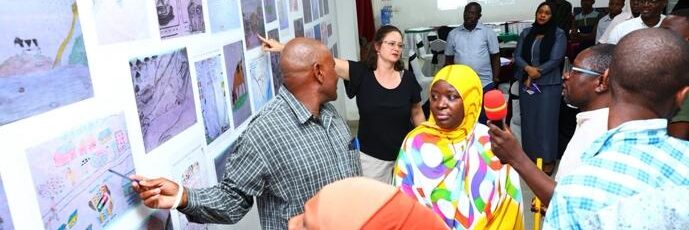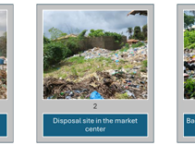Cleaner Waters for Harare: Innovation Through Collaboration
Metrics
Community
HarareUniversity
Chinhoyi University of Technology (CUT)Program
Chinhoyi University of Technology (CUT)Case Type
Partnership StoriesSchool Size
14999Focus Areas
Pollution, Water QualityRegion
AfricaSustainable Development Goals
11 Sustainable Cities and Communities, 6 Clean Water and SanitationThe city of Harare, Zimbabwe, has long struggled with deteriorating water quality and environmental conditions. Pollution, urban agriculture, and untreated sewage discharge have contaminated water sources, leading to increased levels of organic pollutants, nitrate, and phosphate. This contamination has resulted in issues such as fish deaths, periodic cholera outbreaks, and an overgrowth of invasive hyacinth plants in waterways.
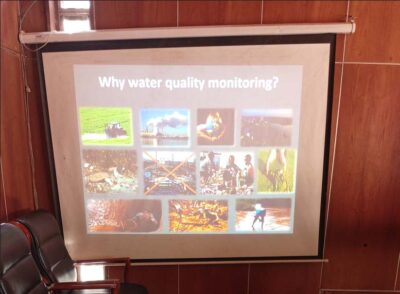
WIth these challenges, Harare’s water treatment infrastructure has struggled to meet the demand for clean water. Rising temperatures due to climate change further accelerate water scarcity and intensify pollution, leaving vulnerable communities with less food due to fish deaths. They also in many cases are forced to be reliant on unsafe water sources. Addressing these interconnected issues requires an innovative, collaborative approach that engages multiple stakeholders.
Recognizing the urgency of these environmental issues, the Harare City Council and Chinhoyi University of Technology (CUT) partnered under the EPIC framework. This collaboration sought to address pollution and water management challenges by leveraging the expertise of academia, local government, the private sector and community members.
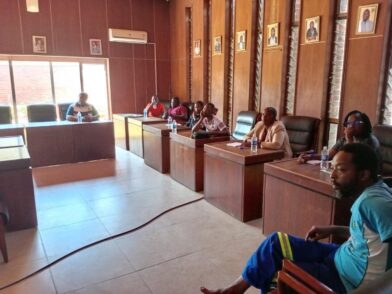
An opportunity was identified to integrate scientific knowledge and practical solutions to combat pollution. By focusing on capacity building, public awareness, and sustainable waste management techniques, the project aimed to empower municipal staff and local communities to take ownership of environmental challenges. Furthermore, the project’s emphasis on bioremediation and innovative waste management provided scalable and cost-effective solutions for other urban areas in Zimbabwe.
The partnership brought together multiple stakeholders, each playing a key role in addressing Harare’s environmental challenges. Chinhoyi University of Technology (CUT) contributed scientific expertise, developed training materials, and facilitated workshops on innovative solutions such as biomonitoring and vermicomposting. Harare City Council and Chinhoyi Municipality coordinated community engagement, ensured alignment with local policies, and
participated in training initiatives. By engaging the Jojatis Bio-wastewater Management Systems through the possibility of upscaling the Jati water recycling system demonstrated the effectiveness of sustainable technologies like bio-digesters and composters.
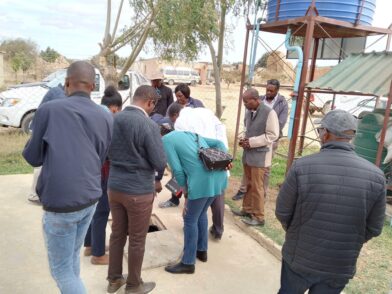
Key initiatives included training municipal staff and community representatives on biomonitoring techniques such as using macroinvertebrates, launching public awareness campaigns about pollution and sustainable practices, and the possibility to establish pilot projects like the vermicomposting systems in Chitungwiza which initially is currently being implemented in Stoneridge (an informal settlement close to Chitungwiza). These systems, which recycle 8,000 to 10,000 liters of water daily and convert organic waste into fertilizer, exemplified innovative, practical solutions for waste management. The partnership also utilized informal stakeholder platforms to foster dialogue and include diverse perspectives.
The collaboration yielded significant results in advancing environmental sustainability. Municipal staff and students gained hands-on experience in waste management and pollution monitoring, while local capacity was strengthened through low-cost biomonitoring training. The Stoneridge pilot project showcased the potential of zero-waste solutions through its community-based vermicomposting system, which reclaimed wastewater and provided organic fertilizer to 32 homesteads. The Chitungwiza and Chinhoyi municipalities are also eager to upscale the project in their communities after being exposed to its benefits and functionality.
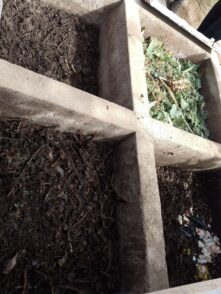
The partnership’s awareness campaigns reached beyond Harare, expanding to Chinhoyi Town Municipality and fostering a wider network of stakeholders committed to sustainability. These efforts successfully raised community awareness and demonstrated practical conservation techniques, empowering local communities to actively participate in long-term environmental solutions.
Building on its success, the partnership plans to scale up its initiatives by expanding the use of bioremediation and biomonitoring technologies to other municipalities. At the CUT-Chinhoyi Biomonitoring Training, areas of improvement were noted. These include the need to develop the localized guidelines for water quality monitoring to ensure the wider adoption of biomonitoring methods, establish mentorship programs, and cross-sector collaborations to sustain knowledge transfer and innovation. The Harare EPIC initiative will further continue to focus on adaptive management and community engagement in the development of a replicable model for environmental sustainability across Zimbabwe.
